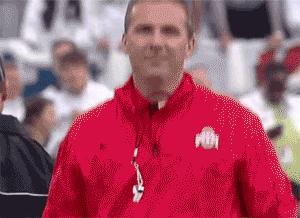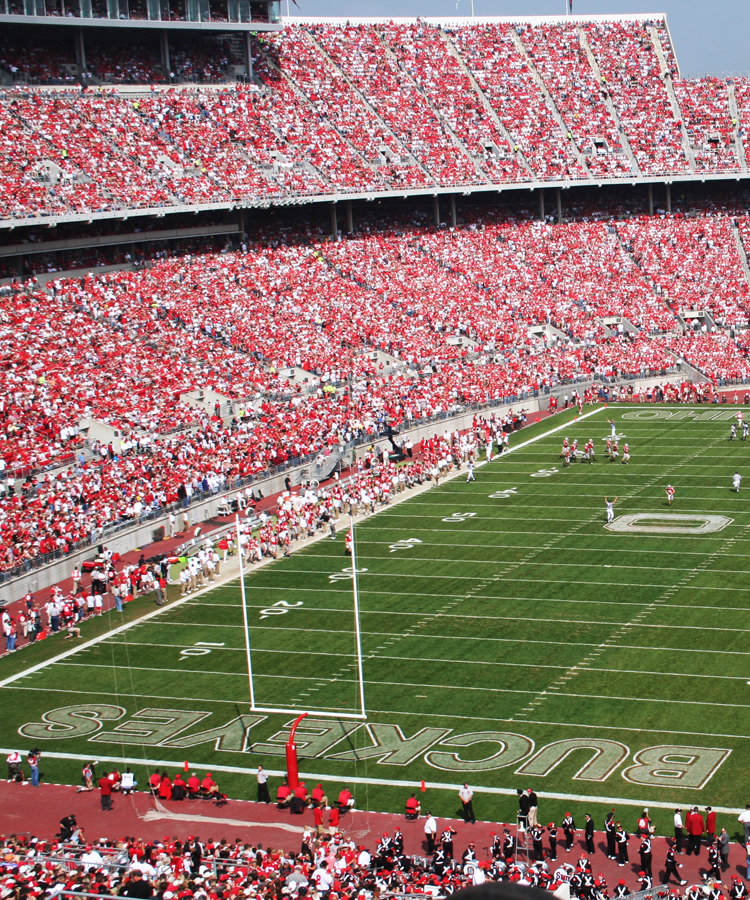The regular college football season may be over, but there are still bowl games, the playoffs, and the national title game to be played. That means there will be a couple more opportunities to tailgate before the season is over. Drinking beer before a big college football game is a cultural tradition. However, drinking inside the stadium during the game is a different story. But that story is changing…
During the 2015 season, 34 stadiums served alcohol, and more universities are following suit in an effort to increase revenue. Ohio State University’s Horseshoe stadium is a prime example of how lucrative in-stadium alcohol sales can be. According to The Columbus Dispatch, Ohio State made $1.35 million in beer sales at its home games during the 2017 season, up 16% from 2016.

While it’s convenient to be able to buy beer in the stadium, the ability to purchase and consume alcohol in college football stadiums is not without its problems. Ohio State started selling beer in the Horseshoe in 2016, and arrests in the stadium this past season were up from 22 to 52.
There are a couple of different ways to look at in-stadium beer sales. Opponents argue that universities shouldn’t be promoting alcohol consumption, and that selling beer in stadiums leads to more intoxicated fans, particularly underage students. Advocates for beer sales in college football stadiums assert that students of age and underage students are drinking before the game anyway, are often binging if they know they can’t obtain alcohol in the stadium, and that students 21 or older and alumni should be able to enjoy a beer during the game.
One thing is certain, beer sells, particularly when it comes to college football. Large universities make millions of dollars from their athletic programs, and making beer available in football stadiums augments an already large revenue stream.
